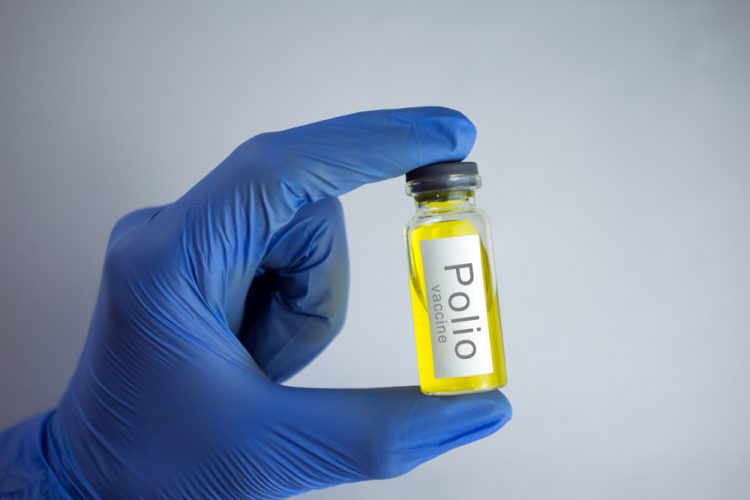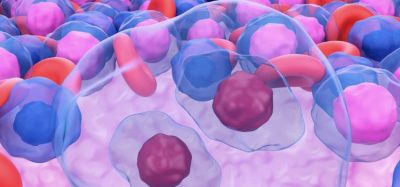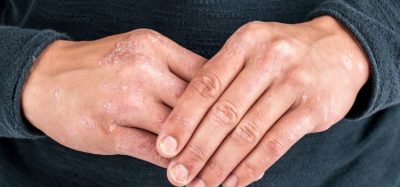Researchers design first new polio vaccine in 50 years
Posted: 28 April 2020 | Victoria Rees (European Pharmaceutical Review) | No comments yet
A polio vaccine designed to be incapable of evolving the ability to cause disease in humans has shown promise in a Phase I clinical trial.


Results from a Phase I clinical trial for the study of the first new oral polio vaccine in 50 years have shown promise, say researchers. The vaccine has been designed to be incapable of evolving the ability to cause disease in humans.
The study is supported by the Bill and Melinda Gates Foundation and led by University of California San Francisco virologist Dr Raul Andino and Dr Andrew Macadam, from the UK’s National Institute for Biological Standards and Control (NIBSC).
In a 2017 study, Andino and colleagues discovered that in every vaccine-derived polio outbreak they studied, the virus had used the same three evolutionary steps to mutate from a harmless vaccine into a regional menace.
In their new study, Andino, Macadam and colleagues redesigned the vaccine to ensure that it is incapable of following this three-step pathway to re-evolve virulence. Specifically, they stabilised a region of the viral genome that is required for it to re-evolve the ability to infect humans and ensured that the virus could not rid itself of this modification even by exchanging genetic material with related viruses.
“To my knowledge, this is the first effort to rationally design a live attenuated virus based on detailed understanding on its biology, as opposed to the standard approach of blindly passaging the virus in animal cells to eliminate human virulence through poorly understood mechanisms,” said Andino.
The new study presents results of a double blinded Phase I clinical trial conducted in 15 adult volunteers at the University of Antwerp, Belgium, all of whom had previously been vaccinated with an inactive vaccine composed of shredded virus particles to ensure they could not be made sick by the live vaccine.
The trial found that the new designer polio vaccine was both more stable and more effective than the 50-year old Sabin vaccine from which it was derived. The new vaccine caused participants to generate many antibodies against the poliovirus and despite shedding viral particles in their stool, those particles were unable to infect or cause paralysis in mice. In contrast, previous studies have found that when mice are exposed to viral samples shed by people vaccinated with the standard Sabin oral polio vaccine, as many as 90 percent develop paralysis.
A Phase II trial is currently underway and shows promise, Andino said, and the World Health Organization (WHO) is planning a Phase III trial, hoping to fast-track development of the vaccine as an emergency measure to contain these outbreaks of vaccine-derived polio.
Applying polio’s lessons to search for a COVID-19 vaccine
In light of the suspension of the WHO’s polio eradication efforts during the COVID-19 crisis, Andino’s lab is now applying what they have learned designing their polio vaccines to the search for new approaches for a SARS-CoV-2 vaccine, including developing a mouse model to better understand exactly how the virus spreads and causes disease.
“I believe the lesson of polio is that it will take time to develop an optimal vaccine against SARS-CoV-2 and early efforts are likely to meet with unexpected challenges,” Andino said. “Once we do have safe and effective vaccines, they’ll need to be produced at global scale, which will probably require the use of older technologies that are already in place. Given how little we know about this new coronavirus, I’m betting we’ll need all the weapons we can muster.”
The results were published in Cell Host and Microbe.
Related topics
Clinical Development, Clinical Trials, Drug Development, Drug Discovery, Drug Targets, Research & Development (R&D), Vaccine Technology, Vaccines, Viruses
Related organisations
Bill and Melinda Gates Foundation, National Institute for Biological Standards and Control (NIBSC), University of California San Francisco









